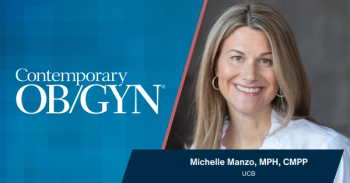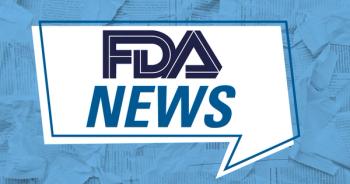
Expectant management of severe preeclampsia remote from term: Not for everyone
The World Health Organization reports that hypertensive disorders are the leading cause of maternal mortality, accounting for 16.1% of maternal deaths in developed countries over the past 2 decades.
Although preeclampsia occurs in 5% to 8% of pregnancies,3,5,6 severe preeclampsia (SPE) is diagnosed in only 0.6% to 1.2%.7-9 Severe preeclampsia is defined by systolic blood pressure (BP) greater than 160 mm Hg or diastolic pressure greater than 110 mm Hg and proteinuria greater than 5 g over 24 hours or 3+ on urine dip, with or without clinical or laboratory evidence of end-organ damage.3 Risk factors for preeclampsia can be divided into comorbid conditions, maternal demographics, and obstetric history. Women with diabetes, chronic hypertension, autoimmune diseases, antiphospholipid antibody syndrome. chronic renal insufficiency, angiotensinogen-converting enzyme DD (ACE-DD) polymorphism, protein C deficiency, or protein S deficiency are among those at highest risk for preeclampsia.10-17 Demographic factors such as African American ethnicity, obesity, and extremes of maternal age10,18,19 and obstetric characteristics such as nulliparity, multifetal gestation, prior history of preeclampsia, and hydatidiform mole10,20 also increase risk.
Complications and management
SPE remote from term
A clinical conundrum arises in the 0.3% of pregnancies in which SPE develops before 34 weeks' GA.22 The decision to deliver at early GA requires weighing the risks of iatrogenic prematurity against the risks of prolonging the pregnancy. Numerous authors have suggested varying degrees of expectant management to improve perinatal outcomes. This discussion will involve the rationale for expectant management, ideal candidates, contraindications, indications for delivery, and recommendations regarding the mode of delivery.
Newsletter
Get the latest clinical updates, case studies, and expert commentary in obstetric and gynecologic care. Sign up now to stay informed.









